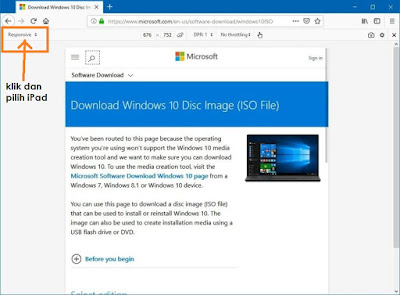--updated 25/jan/11---------------------------------------------
Here are some of the materials for Assignment1
Chapter 1 : INTRODUCTION. Wiley - Operating Systems Concepts
Chapter 2 : OS STRUCTURES. Wiley - Operating Systems Concepts
Chapter 3 : PROCESSES . Wiley - Operating Systems Concepts
------------------------------------------------------------------
1. In a multiprogramming and time-sharing environment, several users share the system simultaneously. This situation can result in carious security problems. [chapter 1]
- What are two such problems?
- Can we ensure the same degree in a time-shared machine as in a dedicated machine? Explain your answer.
2. Describe the differences between symmetric and asymmetric multiprocessing. What are three advantages and one disadvantage of multiprocessor systems? [Chapter 1]
3. Distinguish between the client-server and peer-to-peer models of distributed systems. [chapter 1]
4. Direct memory access is used for high-speed I/O devices in order to avoid increasing the CPU's execution load. [chapter 1]
- How does the CPU interface with the device to coordinate the transfer?
- How does the CPU know when the memory operations are complete?
5. Give two reasons why caches are useful. What problems do they solve? What problems do they cause? [chapter 1]
6. What are the two models of interprocess communication? What are the strengths and weakness of the two approaches? [Chapter 2]
7. What is mechanism? What is policy? Why is the separation of both desirable? [Chapter 2]
8. What is the main advantage for an operating-system designer of using a virtual-machine architecture? What is the main advantage for the user? [Chapter 2]
9. Describe the differences among short-term and long-term scheduling. [Chapter 3]
10. Describe the actions taken by a kernel to context-switch between processes. [Chapter 3]
11. What are the benefits and disadvantages of each of the following? Consider both the system level and programmer level. [Chapter 3]
- Synchronous and asynchronous communication
- Send by copy and explicit buffering
- Fixed-sized and variable-sized messages




No comments:
Post a Comment